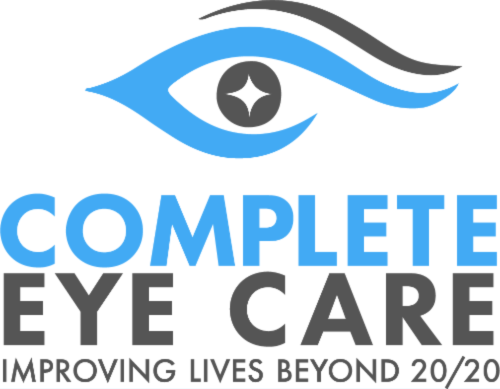
As January marks Glaucoma Awareness Month, we want to shed light on the importance of understanding this silent yet potentially sight-stealing condition. Glaucoma, often referred to as the "silent thief of sight," is a group of eye diseases that damage the optic nerve and can lead to irreversible vision loss if left untreated. At Complete Eye Care, we are committed to raising awareness about glaucoma and providing comprehensive eye care to detect and manage this condition.
Our experienced optometric team is dedicated to ensuring that your eyes receive the attention they deserve, and we encourage you to schedule a comprehensive eye exam to prioritize your eye health. Together, let's safeguard your vision for a brighter and clearer future.
How Many Different Types of Glaucoma Exist?
There are several types of glaucoma, but here are the four most common types.
Primary Open-Angle Glaucoma (POAG)
This variant stealthily progresses, causing a gradual rise in intraocular pressure (IOP) initially devoid of overt symptoms. Treatment avenues include medications, laser therapy, or surgical interventions to alleviate pressure on the optic nerve.
Angle-Closure Glaucoma
Characterized by a sudden blockage of the drainage angle within the eye, this type precipitates a rapid surge in IOP, demanding urgent medical attention to prevent irreversible vision loss. Laser iridotomy or surgery are often vital interventions.
Normal-Tension Glaucoma (NTG)
It is a rarity for patients to experience optic nerve damage despite normal IOP levels. Management revolves around reducing further nerve damage through meticulous medication and regular monitoring.
Secondary Glaucoma
Emerging as a consequence of other ocular conditions like trauma, inflammation, or tumors, this type requires a dual approach: addressing the underlying cause while managing increased IOP.
Tailored Treatments for Varied Glaucoma Types
The mosaic of glaucoma types necessitates tailored treatment strategies. We tailor the management approach for each type based on its specific characteristics and underlying causes.
Medications:
While eye drops or oral medications aim to lower IOP, the specific medication may vary based on the glaucoma type, emphasizing the importance of precision in treatment.
Laser Therapy:
Procedures like trabeculoplasty or iridotomy serve as interventions to enhance drainage or reduce fluid production, proving particularly effective in certain types such as angle-closure glaucoma.
Surgical Interventions:
Procedures like trabeculectomy or shunt implantation aim to create alternative drainage routes for aqueous humor, often employed in cases of unresponsive or advanced glaucoma.
Embracing Personalized Care for Glaucoma Patients
Understanding the diverse array of glaucoma types and their unique characteristics underscores the significance of tailored treatment regimens. Each variant presents its distinct challenges, necessitating a personalized approach to ensure optimal management and vision preservation.
Glaucoma Management and Other Services at Complete Eye Care
By using comprehensive knowledge and precise interventions aligned with the specific characteristics of each type of glaucoma, we can effectively mitigate the progression of this sight-threatening condition.
Reach out to the skilled team at Complete Eye Care to request an appointment.
